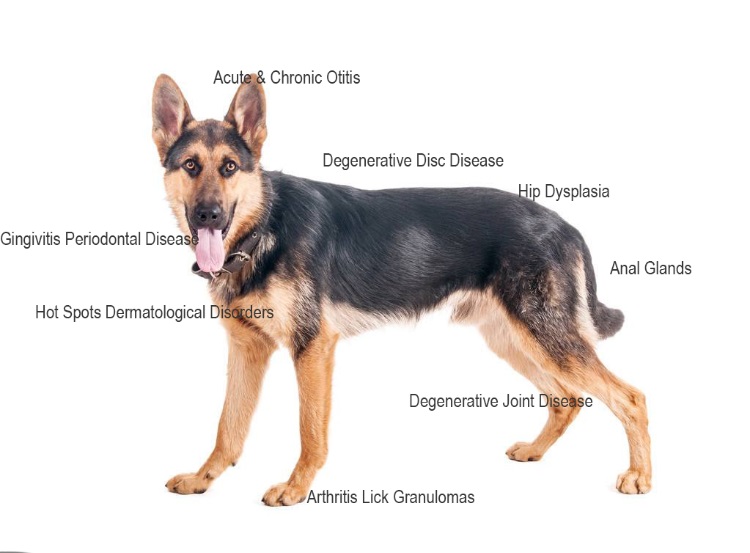With the increased use of lasers in veterinary medicine during the past 20 years, the perception that the medical laser is a “tool in search of an application” is out of date. In recent years, the use of surgical lasers in both large and small animal veterinary practice is significantly increased including both non-contact and contact fiber-directed surgery. For contact fiber-directed surgery, the laser function is like a painless scalpel to cut soft tissue very quickly. By well using tissue vaporization principle, the laser surgical operation will be very precise and it only leaves a smaller scar. The surgery does not affect the beauty of the pets and relieve the pain of pets, improving quality of life (of the animal and its owner). Laser surgery has more advantages such us less bleeding, less pain, less swelling and quick recovery.
Among small animal veterinarians, diode lasers normally are used for numerous procedures including dental applications, oncology, elective procedures (such as spays, neuters, dewclaw removal, etc.) and numerous miscellaneous soft-tissue applications. A rapidly expanding use of the laser technology is in removal of unsightly warts and cysts.
In therapy area, Low level laser therapy (LLLT) or laser biostimulation have anti-inflammatory, analgesic and cure-promoting effects. By using SOLASE therappy handpiece, it produces an unfocused beam that stimulates circulation in soft tissue, and relieves joint and muscle pain. The benefits of laser therapy including:
powerful anti-inflammatory effect
reduction of pain
Accelerated Wound Healing and Tissue recovery
Immediate improvement of local blood circulation
Reduced Fibrous Tissue Formation and oedema
Improved Nerve FunctionImmunoregulation
